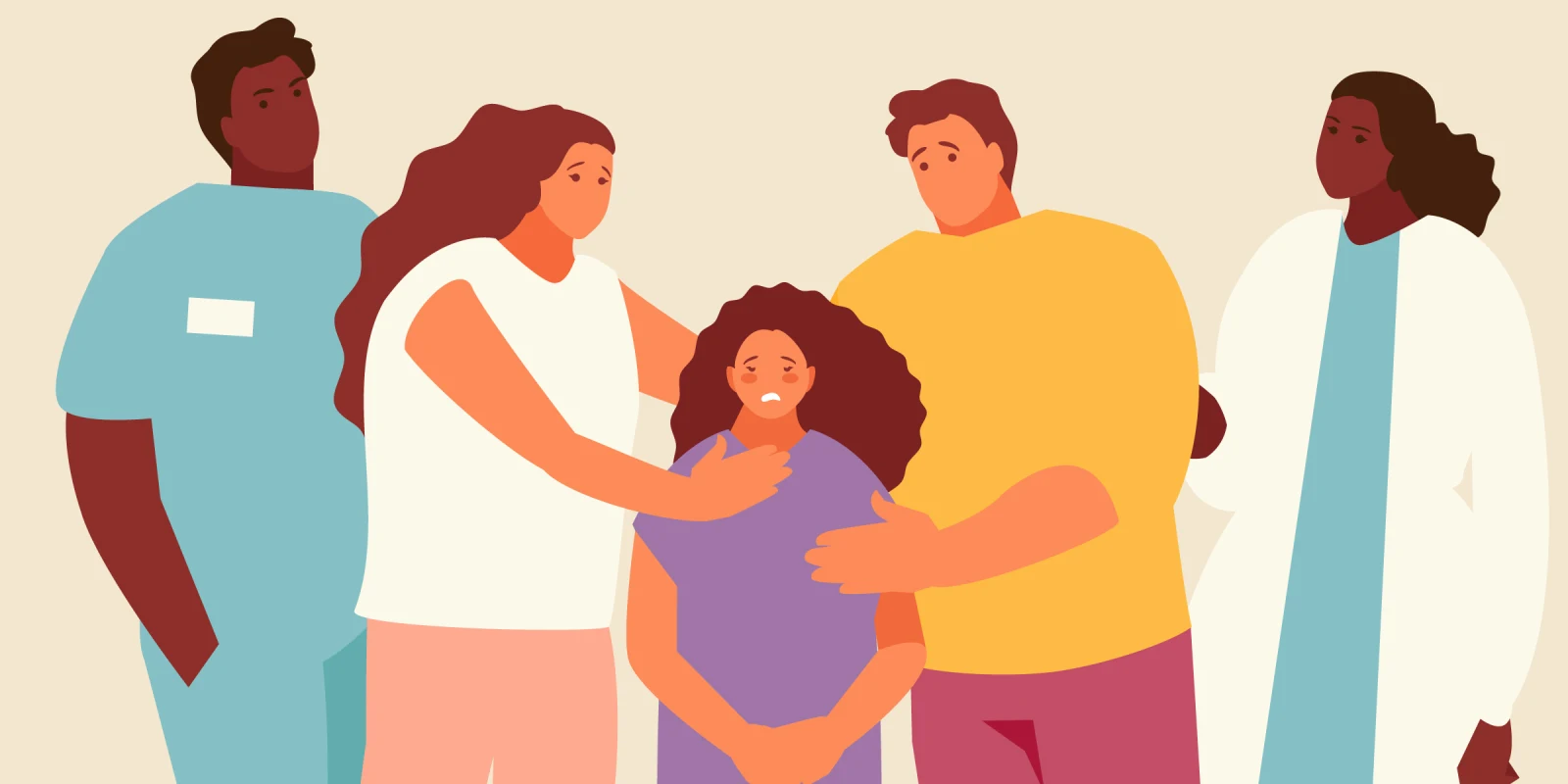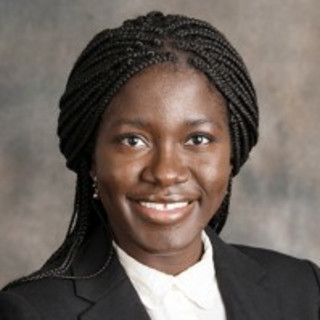“Sixteen-year-old otherwise healthy female presenting with a left adnexal mass.” I looked up from my patient list to see behind the curtain, where a girl laid curled up on the hospital bed. She was facing an older woman who was running her fingers through the brunette hair shielding the patient’s face. A tall man stooped over the bed, knuckles pale as he clenched the bed railings. He turned his head to look at me as I stepped up to the foot of the bed.
“Margot?” I asked.
She simply turned her head and nodded. I introduced myself as one of the junior doctors on the team who would be present in the OR during her surgery. The two people beside her were her parents, both of whom had eyes that told me sleep had been scarce recently. I asked Margot how she was feeling.
“I just want things to be normal again,” she said.
I learned from her mother that the past few months had been really difficult. As her symptoms of fatigue, abdominal pain, and abdominal distension had worsened, Margot had to stay home from school. She missed her friends and playing soccer with her team. And she had missed her junior prom. As her mother shared how Margot had been adjusting to being at home, the attending surgeon walked up to the bedside. He addressed the patient and her parents by their names and took a seat at the edge of Margot’s bed.
“How have you been?” he asked them.
Margot looked to her parents. Her father shared that seeing their daughter not be like herself was difficult and that they were concerned about such a large operation. The surgeon asked what questions they had since he last saw them in clinic. He listened. He nodded as the father spoke, validating how stressful the situation must be for them and affirming each of his questions. He explained the general steps of the procedure, noting that the margins of the mass seen on imaging would allow us to remove the mass with a low risk of complications. He then stood, marked the patient for the operation, and let the parents know that he would meet with them in the waiting room once the operation was over.
The case started as expected, with the preparatory steps of positioning the patient for the first incision. As a trainee, I was happy to assist in the case, getting an opportunity to learn anatomy and technique as I watched the attending and chief resident masterfully dissect into the abdomen. When we got to the mass, it was remarkably large, 23 centimeters at its longest diameter. There was dense tissue that encased the mass with adhesions that extended to the left ovary. Excising the mass proved to be difficult, and we soon found that the surrounding inflammation and fluid made it complicated to discern the margins of the mass. We struggled a bit to stop bleeding from the surrounding vessels, and it soon became clear that we were not going to be able to preserve the patient’s ovary. While dissecting further to remove the now non-viable ovary, my attending let out an exasperated sigh. As the damaged blood vessels were ligated and we proceeded to finish the operation, I looked over to the Mayo stand at the part of her body that Margot had lost. And as I joined in placing the final sutures to close the patient, I wondered how we were going to break the news to Margot that unfortunately we weren’t able to make things normal for her again.
One of the amazing things about surgery is the ability to profoundly, tangibly cure with your hands. Surgeons remove failing organs, tumors, foreign bodies — so often restoring bodies to a healthier normal. But some of the surgeries we can learn the most from are ones like this — where our cuts with a scalpel don’t bring complete healing. I thought about how Margot’s parents would react as my attending and I walked to the waiting room.
My attending greeted Margot’s parents and asked if they would like to sit with us in a quieter area of the waiting room. He asked again about how they were doing, validating again how normal it was for them to be concerned. He stated that he would like to share the details of how the procedure went. He proceeded to recount that we had removed the mass and also that the extent of disease made dissection difficult, that we irreparably damaged important blood supply to the patient’s ovary, and that we thus had to remove her left ovary. My attending spent the next 30 minutes carefully answering each of their questions — what the rest of her hospital course would look like, when we would find out exactly what the mass was from the pathology report, and what this complication would mean if Margot ever wanted to have children. My attending expressed his disappointment and inquired how he could best support them through this process. Though they were noticeably concerned and worried that the operation had cost Margot an organ, I was surprised that her parents were not angry with us. As I sat in on the conversation, I saw how the parents still trusted what my attending had to say and at the end of the conversation, thanked him for giving his best for their daughter.
It is then that I realized that patients do not expect us to be perfect; they do not expect that their doctors will never make mistakes. They do not expect that we will always have a cure. And they do not expect that we can always bring back the old normal. But they do expect us to care — that we care enough to sit with them in vulnerable moments, care enough to listen, and care enough to make ourselves open, honest, and available in helping them navigate new normals.
Dr. Nzuekoh Nchinda is a general surgery resident at the University of Washington who is passionate about health equity, quality improvement and outcomes research, and ethics. She completed her medical school education at the University of Chicago and undergraduate studies in chemistry at Harvard University. She enjoys knitting, running, and singing in her free time. She is a 2020–2021 Doximity Op-Med Fellow. She has no conflicts of interest.
All names and identifying information have been modified to protect patient privacy.







